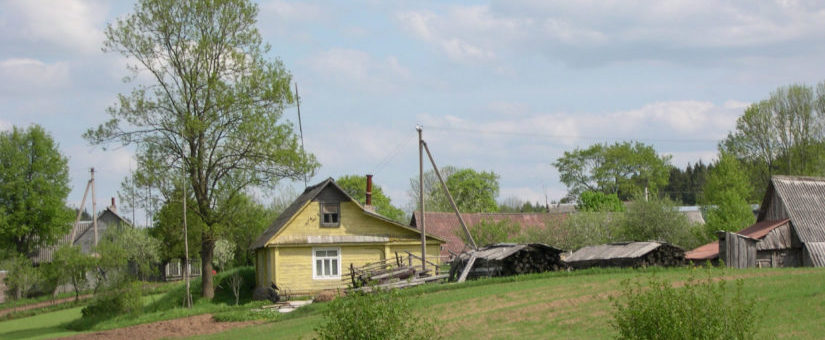IN 1939, RIGHT BEFORE THE START OF World War II, Stalin and Hitler signed a mutual non-aggression pact and, in secret protocols, also agreed to divide Eastern Europe between them. Stalin got the Baltic Republics of Lithuania, Latvia and Estonia. He immediately began pressuring the three democratic republics to allow him to station Soviet troops on their soil, followed that with a series of ultimata designed to force these countries, outnumbered 100 to 1 to yield to his demands, and in quick order occupied the Baltic Republics. The Soviet’s plan was to use state-sponsored terror as the means to seize all private property, create a single-class society by getting rid of leadership people, plan all social institutions under Communist Party control, and begin to collective industry and agriculture. The plan received a temporary setback when Hitler invaded Russia, but as soon as the war was over he returned to his plan and put it into effect. So for fifty years, until the fall of the Soviet system beginning in 1989, the people of the Baltics lived under this terror-reinforced Soviet control.
Rebuilding the social institutions in these countries has not been easy. During the Depression in America, President Roosevelt and his New Deal set up a number of government projects and agencies designed to strengthen the social and economic base of the United States. The Tennessee Valley Authority and the rural electrification projects, the WPA and road-building projects, the projects associated with the National Recovery Act, the NRA, and the banking reforms. And then the mobilization of all the nation’s resources to fight World War II all required that large effective and well-run government and private resources be set up to speed the victory in the War. So when the Nazi system collapsed in 1945 and the United States decided to rebuild war-ravaged Western Europe, the means to do so—human, bureaucratic, industrial and financial—were already all in place. The Marshall Plan put all these to work.
By contrast the Soviet System was an inefficient, corrupt, and leaden monster that, year after, drained resources from the subject states like the Baltics, East Germany, Poland and Czechoslovakia to keep Russia running. When the system collapsed from within it left social, human and economic ruins everywhere. This was especially severe in the Baltics since they had actually been incorporated into the Soviet Union as Soviet Republics run from Moscow. So the task facing these countries is rebuilding from this destructive history.
Banks and stores can be rebuilt quickly. The human spirit takes longer to heal. Fifty years of police-state control—the KGB was everywhere, the terror instilled by imprisoning and deporting up to one-third of the nation, and the killing of all initiative and drive is hard to overcome. In the Soviet Union you never got in trouble for doing nothing. You got in trouble for doing something without explicit permission of the Party. And fifty years of living like that is hard to overcome.
Also, once the Soviet system collapsed and the former Soviet chiefs started privatizing economic resources, often for their own benefit, predatory carpet-baggers arrived from the West. Honest rebuilding by patriotic citizens had to compete with partnerships between thieves.
These countries are made up of people whose need to take control of their futures after the freedom they were granted after the defeat of the Czarist Empire placed that control in their own hands. Their very survival during the Russian years was based on the preserving and developing of their cultural traditions, sense of identity, their language, and the underground nationalism that was strong. So the rebuilding, which especially evident in and around the universities and business centers, and its orientation toward Western Europe, seems well grounded.
